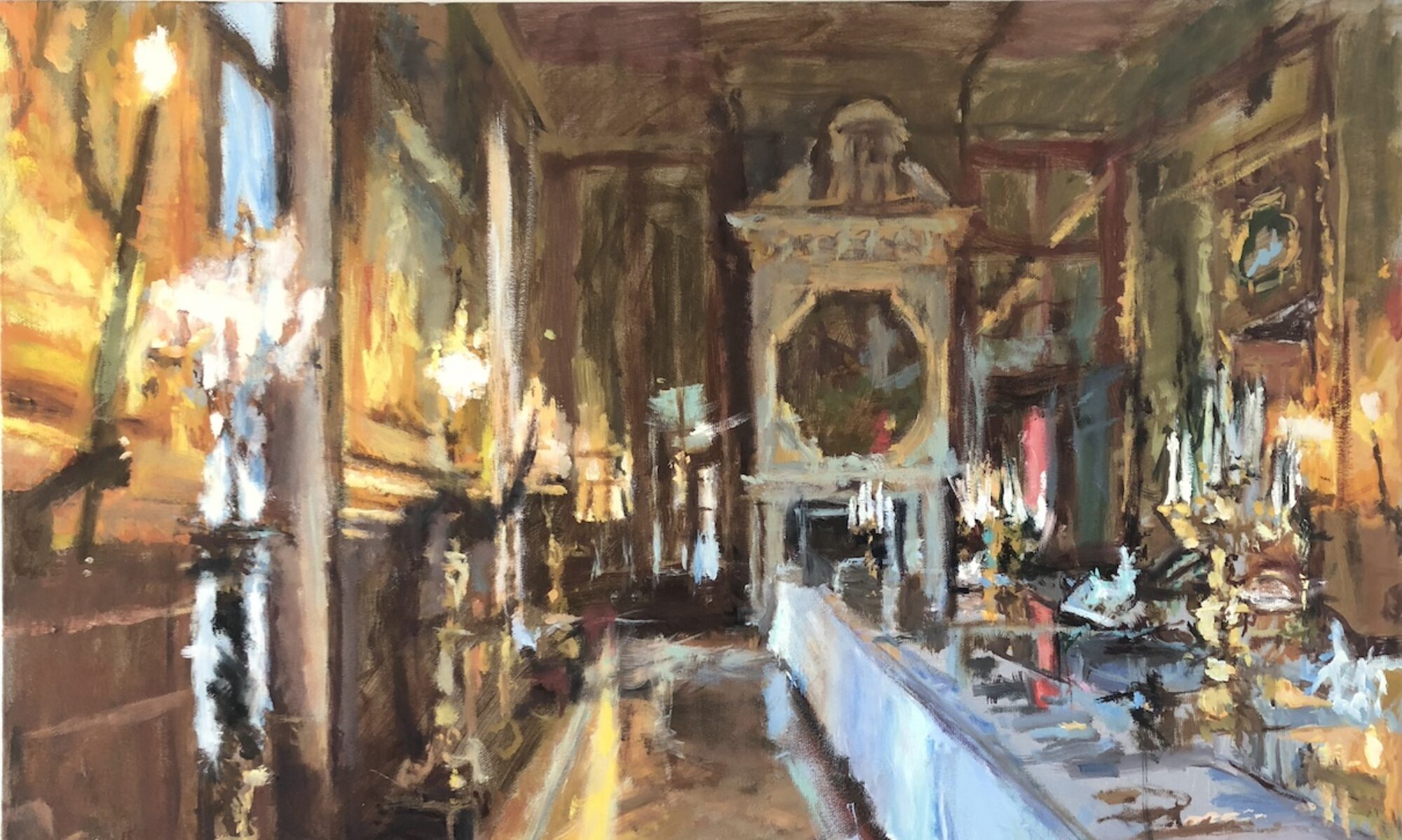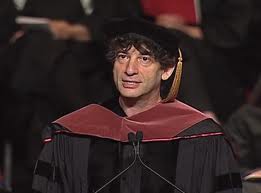In these difficult times, looking at and making art can help us get back in touch with the best things that humans are capable of–– a sense of play, a sense of excitement in the creative act.
The following excerpt, from David Hockney’s book, That’s the Way I See It, reveals the artist’s philosophy on viewing and making art:
I have always believed that art should be a deep pleasure. I think there is a contradiction in an art of total despair, because the very fact that the art is made seems to contradict despair. It means at least that you are trying to communicate what you feel to somebody else and the very fact that you can communicate it takes away a little of the despair. Art has this contradiction built into it. All one has to do is look at its history.
A few years ago at the Metropolitan Museum of Art in New York there was a show of Fragonard. He is an artist who has been thought sometimes to be much too pleasurable, much too playful, much too sweet to be serious, and certainly in the early nineteenth century that’s how he was dismissed. It was only the Goncourt brothers who started looking seriously at his paintings and buying them.
Today we see him differently. To me Fragonard is a wonderful artist. I think you can’t have art without play; Picasso always understood that. I think you can’t have much human activity of any kind without a sense of playfulness. Someone once criticized my work, saying it was too playful. I said, That’s hardly a criticism at all, that’s a compliment. I do see it as a compliment because I believe that without a sense of play there’s not much curiosity either; even a scientist has a sense of play. And that allows for surprises, the unexpected, discoveries. Anybody who gets good at it knows that. You can use it. I use it. People tend to forget that play is serious, but I know that of course it is. Some people have got the idea that if it’s boring it’s art and if it’s not boring it’s not art. Well, I’ve always thought it was the other way round. If it’s boring, more than likely it’s not art, if it’s exciting, thrilling, more than likely it is. I don’t know of any good art that’s boring, in music, poetry or painting. Isn’t that why Shakespeare is so exciting?
You can find more information on David Hockney on the Artsy website.
Text excerpt from That’s the Way I See It, page 133 © David Hockney
 This seems to be the week of excellent tips from friends on inspiring videos. Interesting that both of the ones I am posting are of fellows from the UK.
This seems to be the week of excellent tips from friends on inspiring videos. Interesting that both of the ones I am posting are of fellows from the UK.



